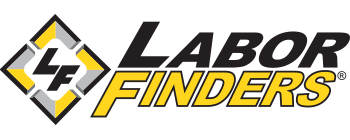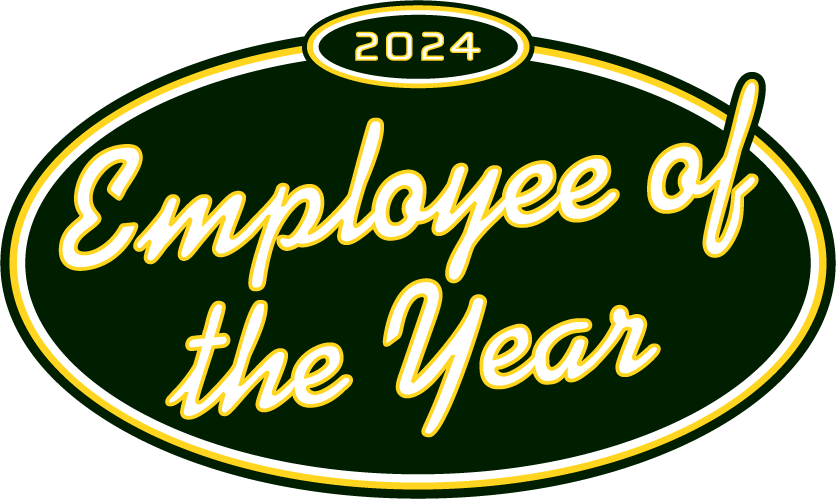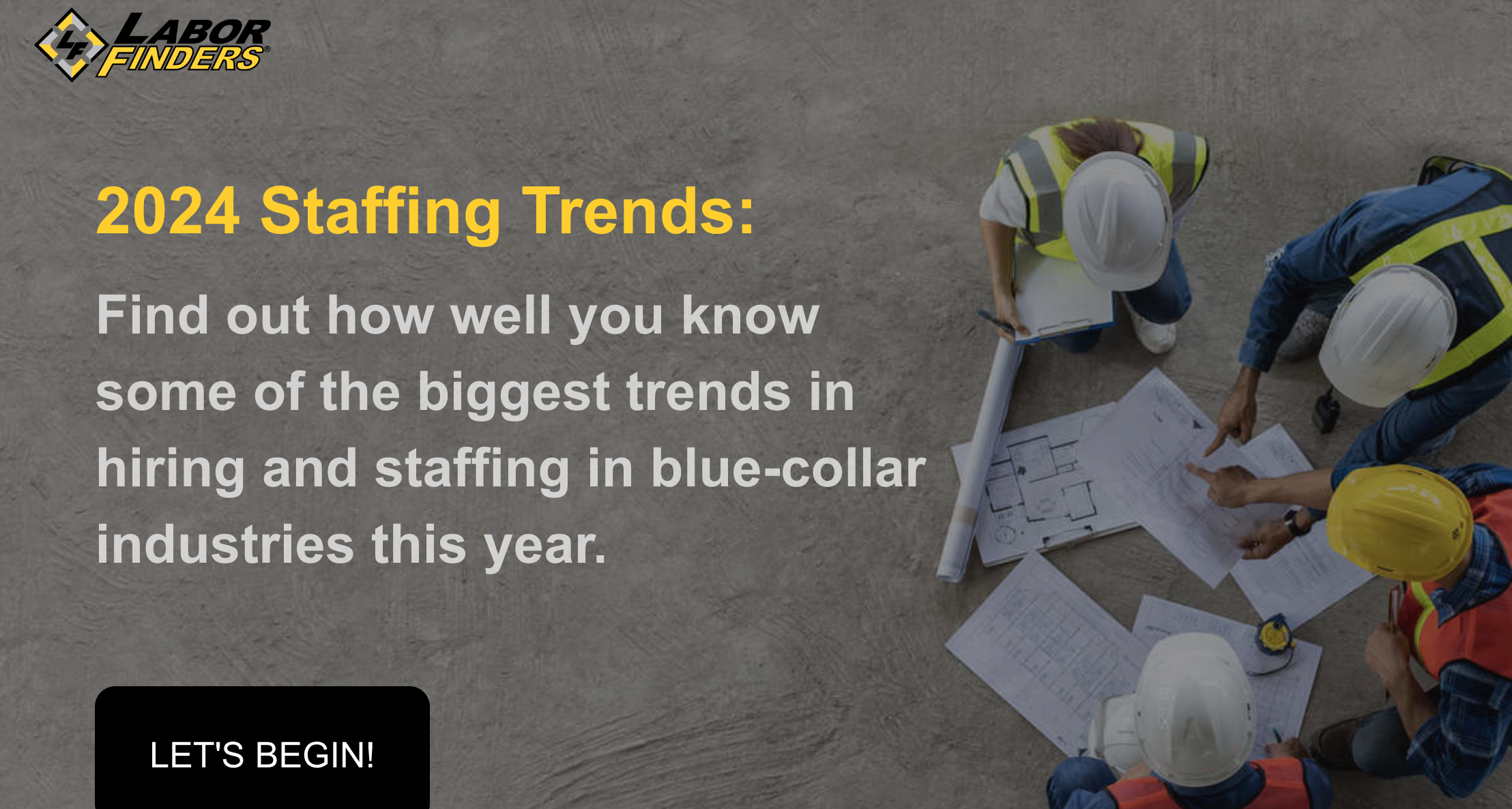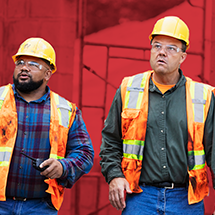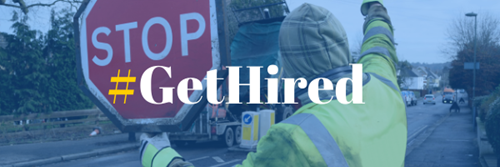-
Job Seekers
X
Job Seekers
Whether you're looking for a temp job or a permanent career, Labor Finders has you covered!
-
Explore
- How it works
- Industries
- Blog
- Locations
- Job Search
You May Also Be Interested In

2024 Employee of the Year
Learn more about our amazing Employee of the Year
-
-
Employers
X
Employers
Let us help you find the workers you need, when you need them.
You May Also Be Interested In

2024 Staffing Trends Quiz
Construction Staffing Trends Quiz
-
Industries
X
Employer Industries
Ready to staff your next project? Our staffing experts has the knowledge and the workers to cater to your unique staffing needs.
In this Section:
Job Seeker Industries
From construction to waste management, we have job openings in whatever industry you’re interested in.
In this Section:
-
About
X
About You
Getting matched to the right job, gaining the flexibility you want, making an impact in your community - at Labor Finders, it’s all about you!
-
You may also be interested in
- About Us
- Job Search Results
- Find an Office
- How it works
- Blog
About Us
With almost 200 offices nationwide, we’ve been putting people back to work for over 40 years. See why we’re a leader in the blue-collar staffing industry.
-
You may also be interested in
- About Us
- Media Center
- Video Library
- Leadership Team
- Careers
- In The Community
- History
-
- Location
Employment Readiness
Everything You Need to Know About Getting Certified as a Flagger
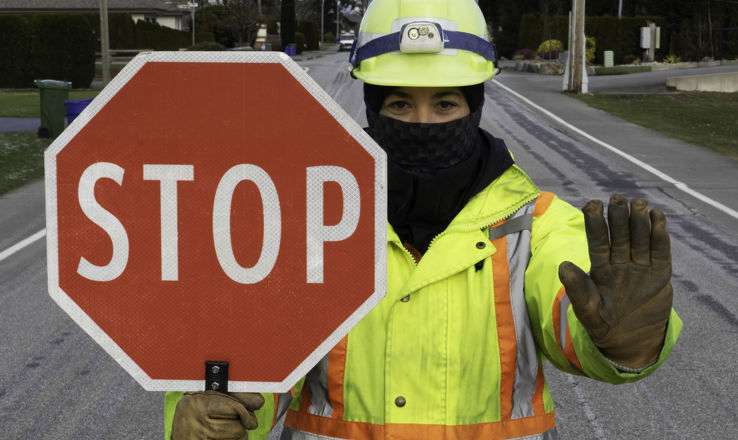
Flaggers are the eyes and ears of a construction site, an integral part of the safety of workers and drivers alike. Before you can get started in this career, however, you have to be certified. Here’s what you need to know about the process.
Why Do You Need to be Certified?
Like many other construction jobs, you don’t need a 4-year degree to get started as a flagger. However, you do need to be certified before you can handle a traffic wand. Why? Flaggers are responsible for keeping workers, pedestrians, and drivers safe and the certification process ensures they know how to do it. Trained per state standards, every flagger working on a construction site knows how to safely direct traffic as well as handle any problems that may arise during a workday. A flagger’s certification card demonstrates that you’re authorized to take on this very important job.
Note that flagger certification requirements vary by state. To find out your state’s information, click here.
What You Learn in a Flagging Certification Course
Just like state requirements, the certification courses you’ll take will vary depending on where you live. Certification classes are offered at places like community colleges, technical schools, special agencies like the American Traffic Safety Services Administration (also known as the ATSSA), as well as private companies that hire flaggers. These courses can take anywhere from 4 hours to 6 hours to complete, with a test you must pass at the end. What you can count on is that in the end, you’ll learn everything you need to know to control traffic and perform other flagging responsibilities. Your certification course may cover topics such as:
- Deviating traffic around a road construction project
- Flagging procedures such as:
- Single flagger and two flagger operations
- Hand signals
- Setting up flagger stations
- Flagging in adverse weather
- Flagging at night
- Emergency situations
- Getting emergency vehicles through a work zone safely
- Notifying workers of hazards on the job site.
- How to put up traffic cones and other barricades
- The proper way to use “STOP” and “SLOW” signs including where to stand safely while holding them.
- What it means to work as a flagger
- Safety rules and practices
- How to use flagger safety equipment
- Basic principles of traffic control such as:
- Spacing
- Tapers
- Being visible to other drivers
- The skills of great flaggers
Want to take a sample-flagging test? Click here.
What Happens Next?
Once you pass the test (and meet any other applicable requirements in your state) you’ll be able to apply for certification. Once it’s approved, you’ll get a certification card. With that in hand, you can confidently go out and apply for your first flagger job.
Did you know we have hundreds of openings for flaggers? Click here to find an office near you!
